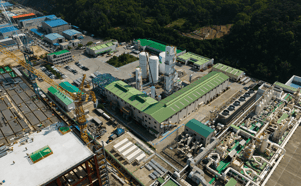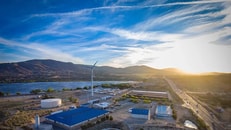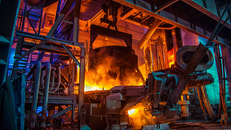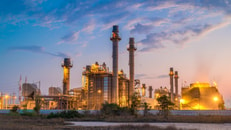Smog Armor unveils plan for Monarch direct air capture concrete facility
US-based sustainable paint brand Smog Armor has announced plans to create a new direct air capture (DAC) facility that will extract carbon dioxide (CO2) from the atmosphere before being stored within manufactured concrete products.
Located in Casa Grande, Arizona, the 56,000 square foot plant will be established through a subsidiary named Monarch Carbon Solutions and will utilise Carbon Limit’s CaptureCrete technology.
The global buildings and construction sector is responsible for around 37% of emissions, with the production and use of materials such as cement, steel and aluminium responsible for a significant portion.
Using concrete as a carbon sink could capture two gigatonnes of CO2 per year, equivalent to almost 80% of annual global emissions from cement production, according to a white paper by sustainability consultant Tunley Environmental.
... to continue reading you must be subscribed
























